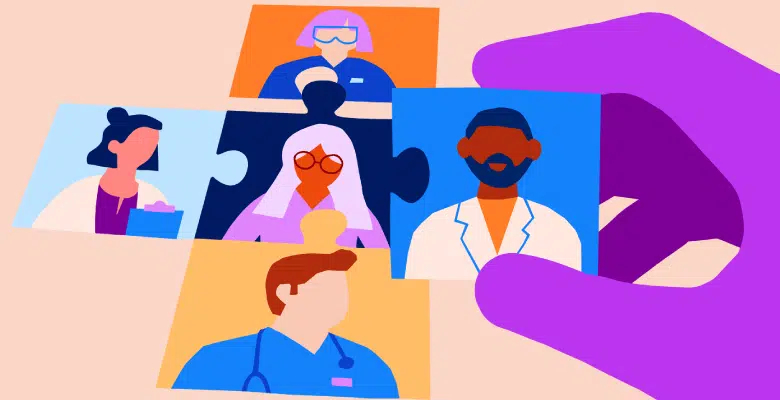
@ShahidNShah


Many organizations are asking "how to improve electronic health records", so we put together a list of companies tackling this question. "By computerising health records, we can save expenses, improve treatment, and prevent potentially fatal medical errors." State of the Union Address, January 20, 2004, George W. Healthcare organisations are using electronic health records (EHRs) to increase productivity and deliver better patient outcomes and experiences. In order to provide a comprehensive and seamless transition for patients throughout their patient journey, value-based healthcare requires digital solutions, including EHRs, that connect key stakeholders like laboratories, specialists, medical imaging facilities, pharmacies, emergency facilities, and school and workplace clinics. The electronic equivalent of a patient's paper chart is called an electronic health record (EHR). The Rochester, Minnesota-based Mayo Clinic, which dates back to the 1960s.
There are several ways to improve electronic health records (EHRs) to help physicians do their jobs better. Some of these include:
Overall, the key is to make EHRs more efficient, user-friendly and tailored to the needs of the physicians.
Continue reading at healthcaretransformers.com
On Tuesday, January 10, the Newport County Community Healthcare Collaborative hosted a Zoom meeting with lawmakers to address policy and objectives as the healthcare sector recovers from the pandemic …
Posted Jan 16, 2023 Workforce
Connecting innovation decision makers to authoritative information, institutions, people and insights.
Medigy accurately delivers healthcare and technology information, news and insight from around the world.
Medigy surfaces the world's best crowdsourced health tech offerings with social interactions and peer reviews.
© 2025 Netspective Foundation, Inc. All Rights Reserved.
Built on Apr 17, 2025 at 6:07am